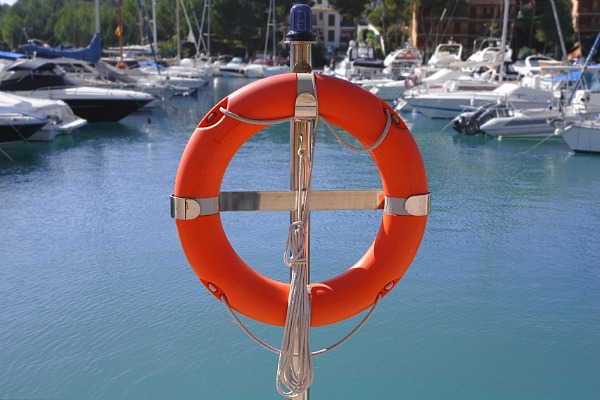New navigation equipment standard is right on course

New navigation equipment standard is right on course
The Australian Transport Council (ATC) of Ministers this month approved the new national safety standard for navigation equipment.
The National Standard for Commercial Vessels (NSCV) Part C, Subsection 7C – Navigation Equipment replaces those parts of USL Code Section 13; Miscellaneous Equipment, pertaining to navigation equipment.
The National Marine Safety Committee (NMSC) technical team developed the standard in consultation with the marine industry over a two-year period, often covering innovative equipment introduced since the last update of the USL Code in 1984.
NMSC’s Acting CEO John Henry noted that much has changed in the field of electronic navigation equipment since the USL Code was published.
“To some extent, this standard is simply recognising the type of equipment currently on the market and current navigation practices,” Mr Henry said.
“The new standard specifies the minimum requirements for the carriage of navigation equipment to ensure the safety of the vessel, recognising that many vessels may go beyond that minimum for operational reasons – for example, to keep to the most economic course or to assist in locating fish.
“And because watchkeeping is such an important element of safe navigation, the standard includes an additional requirement for the carriage of binoculars”.
The requirements for the carriage of radar equipment have been extended compared to the USL Code, and the draft encompasses the navigation equipment needed for collision avoidance – equipment such as sound signals, navigation lights and navigation shapes.
Mr Henry said the new standard also acknowledges Automatic Identification Systems (AIS) as a new technology with important safety applications for vessel to vessel collision avoidance and traffic management.
“AIS has been in place within SOLAS for a number of years and its usefulness in the commercial fleet cannot be ignored,” he said.
“The introduction of AIS into the standard is timely considering it’s already being fitted voluntarily in many instances – and it’s acknowledged as a valuable tool in conjunction with radar for collision warning and avoidance”.
To obtain a copy of the final standard and the final Regulatory Impact Statement, please contact the NMSC Secretariat on 02 9247 2124 or download from website: www.nmsc.gov.au – click on Publications/Standards.
The NMSC aims to achieve nationally uniform marine safety practices and is made up of the CEOs of Australia’s marine safety agencies.


